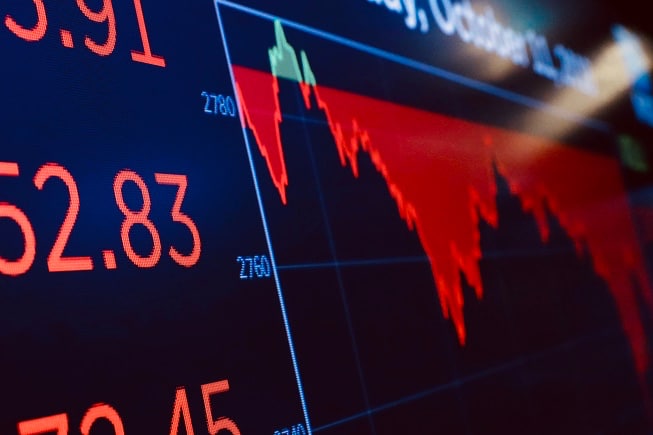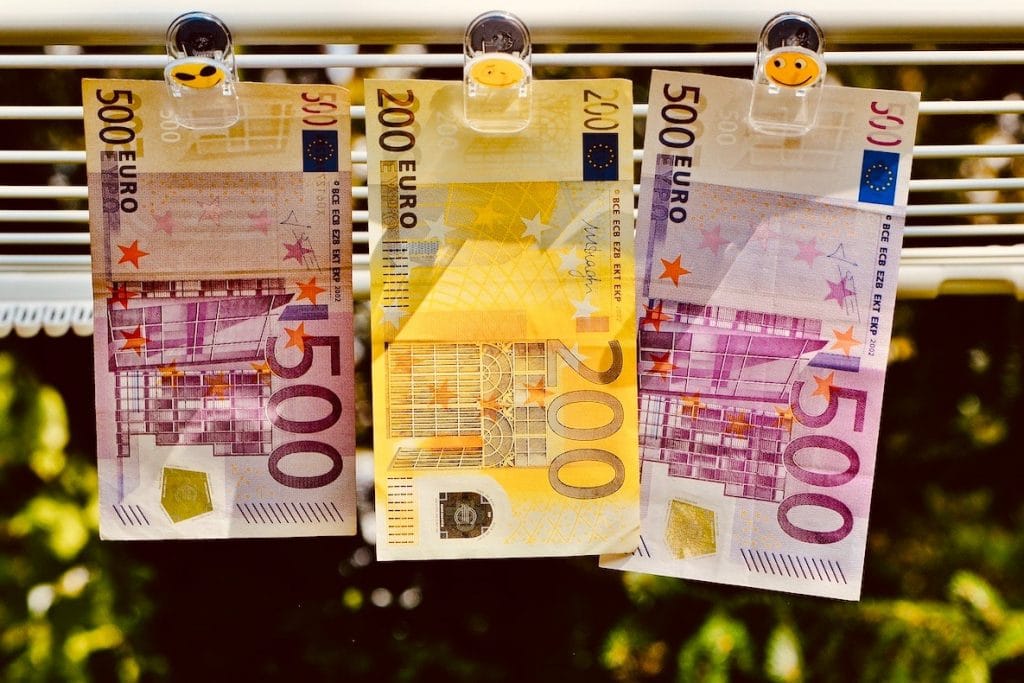How Different Investment Return Calculations Can Show Opposite Results for the Same Portfolio
How Different Investment Return Calculations Can Show Opposite Results for the Same Portfolio
How Different Investment Return Calculations Can Show Opposite Results for the Same Portfolio
I was getting an update on one of my family investments in 2010, by an established private equity firm. This was the first visit after having invested for five years, as the marketing salesperson was promoting their next fund. He proudly said that the existing fund had achieved an Internal Rate of Return (IRR) of +3% p.a. Considering the fund’s vintage was 2007, at the peak of the equity market, this wasn’t too bad a result.
The only problem was that my own calculations showed the return was negative.
After I pointed this out, the slick salesman was momentarily at a loss for words. I briefly wondered if I was the only investor who had pointed this out, while others had taken the stated IRR figure at face value. He collected himself, said he would double check internally, and get back to me.
I never saw him again.
Different methods for calculating investment performance can give very different results. To illustrate this, we will use a number of examples, all of which will use more extreme figures so as to clearly show the differences in the end result.
Let’s say you invest $100,000 with a fund manager, and a year later your money has tripled to $300,000. You are ecstatic at this performance, and you add $900,000 to the investment, making a total of $1.2 million at the beginning of the second year.
So far the two common methods of calculation, Time-Weighted and Money-Weighted, would show the same result, a gain of +200% in one year.
Unfortunately in the second year the manager is not able to keep up the winning streak, and loses -33%. You end the year at $800,000. What was your return over the full two-year period?
While MWR and TWR can show different results in performance calculations, they are both accurate. IRR, on the other hand, is a different story.
In my 2010 meeting with the fund salesman, they used IRR, a performance measure which can be easily ‘molded’ to show a higher return.
IRR is profoundly impacted by the timing of the cashflows. Imagine the simplified example below, where a private equity fund makes two new investments of equal value at the same time, but instead of calling for money from its investors, they fund it via a bank loan. A year later, one of the investments has lost 25%, while the other has gained +25%. Since the invested amount was the same in both investments, the combined return is zero.
The cash-on-cash performance return looks even worse when taking a holistic view of an investor’s portfolio, as most investors who have an upcoming capital call with an uncertain date will tend to keep the capital in cash, instead of actively investing it.
Some structured product investments suffer a similar problem. A structured product may advertise a 10% coupon if not exercised into the underlying, but if the settlement date is two weeks before the observation date start, and the 10% IRR starts at the observation date, you are not getting compensated for the two weeks that your money is ‘in transit’. Should you repeat this structure upon expiry for the whole year and never get exercised, your real return will not be 10%, but 6.66%.
While IRR is one of the least accurate measures of actual investment performance, per market practice fund managers will present as accurate as possible a valuation of their underlying investments. An understanding of the different performance calculation methods will result in investors making better decisions. If you see a new investment with an extremely high IRR return, check how it was calculated before committing your capital.
By LEONARDO DRAGO
Co-founder of AL Wealth Partners, an independent Singapore-based company providing investment and fund management services to endowments and family offices, and wealth-advisory services to accredited individual investors.




